Environmental and Genetic Effects on Deer
Antler Production in Mississippi
Principal Investigators
Dr. Steve Demarais
Mississippi State University Department of Wildlife and Fisheries
Dr. Bronson Strickland
Mississippi State University Department of Wildlife and Fisheries
Chad Dacus
Mississippi Department of Wildlife, Fisheries, and Parks
Graduate Research Assistants
Emily Clemons
Mississippi State University Department of Wildlife and Fisheries
Jeremy Flinn
Mississippi State University Department of Wildlife and Fisheries
Deer management with an emphasis on antler production has reached an intensity never before seen in North America. Managers expect to improve antler production by manipulating population structure to increase the prevalence of older-aged, genetically-superior males. However, deer need adequate nutrition to express their genetic potential for antler development. The rate of growth and the expression of body and antler size varies across Mississippi.
Concern that some deer populations in Mississippi lack the genetic potential for superior antler development is complicated by the fact that expression of genetic potential can be limited by low-quality nutrition. However, if genetic quality is limiting in some areas, then success of management programs designed to improve antler production would be limited. We need to quantify the causes of regional variation in body and antler size in Mississippi to improve deer management effectiveness. Production and growth of animals under equivalent environmental conditions is required to quantify the relative effects of genetics and nutrition on antler development variation.
This project will document the relative impact of nutrition on body and antler size variation among the three soil resource regions. If similar nutritional intake eliminates the observed physical differences among regions then we would conclude that regional variation is due primarily to nutrition-based habitat variation. If similar nutrition over two generations does not equalize body and antler size among regions, then we would conclude that genetic potential may limit physical development in some areas. Additionally, this project will identify benchmark values for potential improvement of body and antler size within regions when nutrition is optimum.
Full Report on Research Accomplishments To Date.
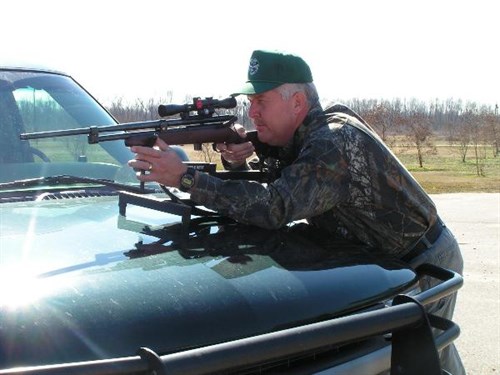
Biologist Jerry Hazlewood sights in a tranquilizer rifle used to capture deer for this research project.
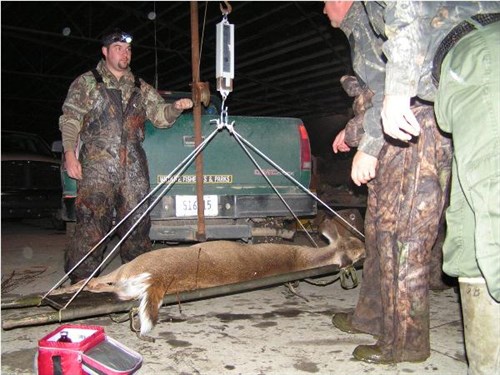
Once deer are captured from study areas, they are weighed...
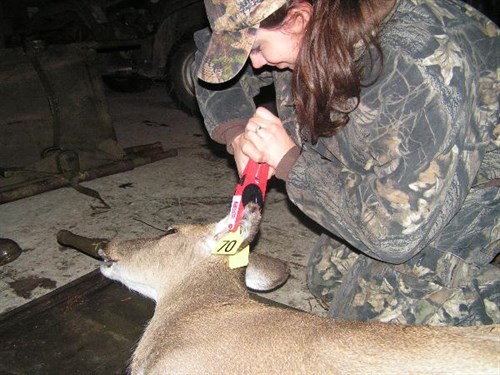
... uniquely marked with ear tags...
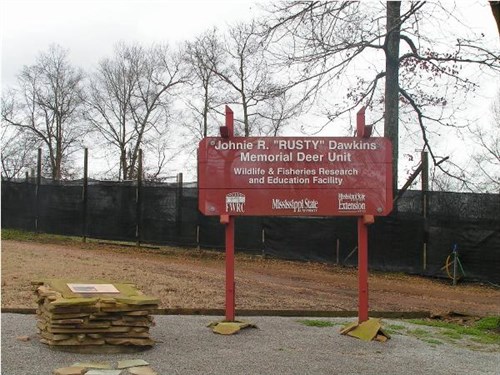
... and transported to the Mississippi State University Deer Unit.
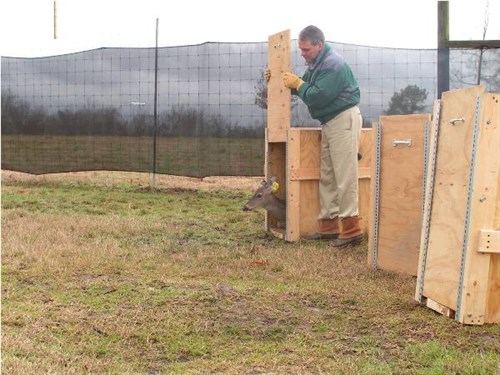
Dr. Steve Demarais releases a captured doe in the MSU Deer Unit.
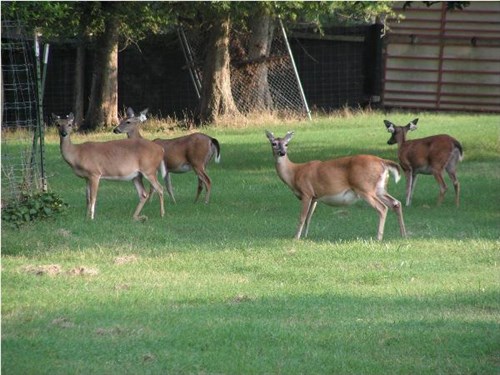
Does from each soil region are fed the same nutritional ration, so all fawns are raised on optimal nutrition.
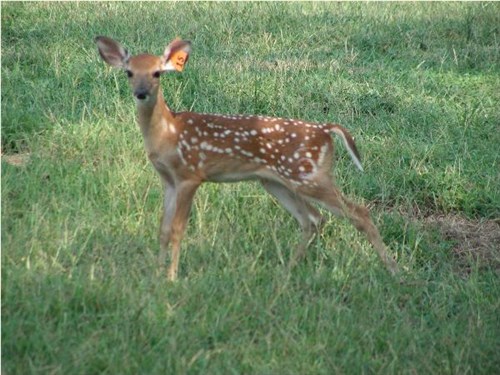
Fawns are also marked with unique ear tags. By raising fawns from each soil region on optimal nutrition, buck fawns will be able to grow their antlers to their genetic potential.
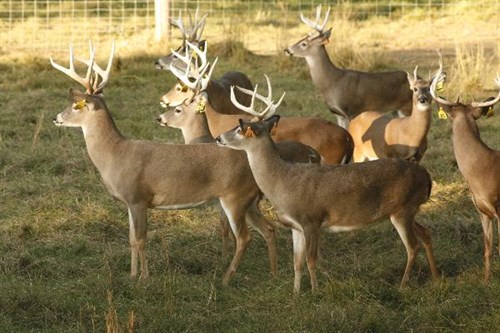
We will monitor buck antler growth for many years to determine how the quality of their nutritional intake impacts their body and antler size.
Funding for this project was provided by:
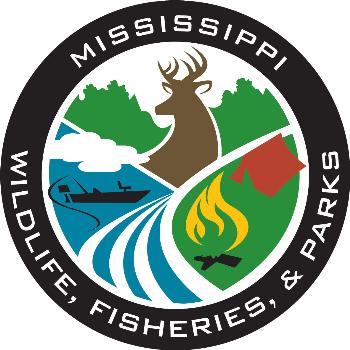 |
 |
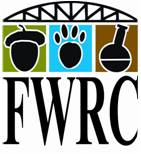 |
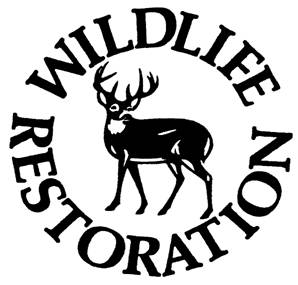 |









